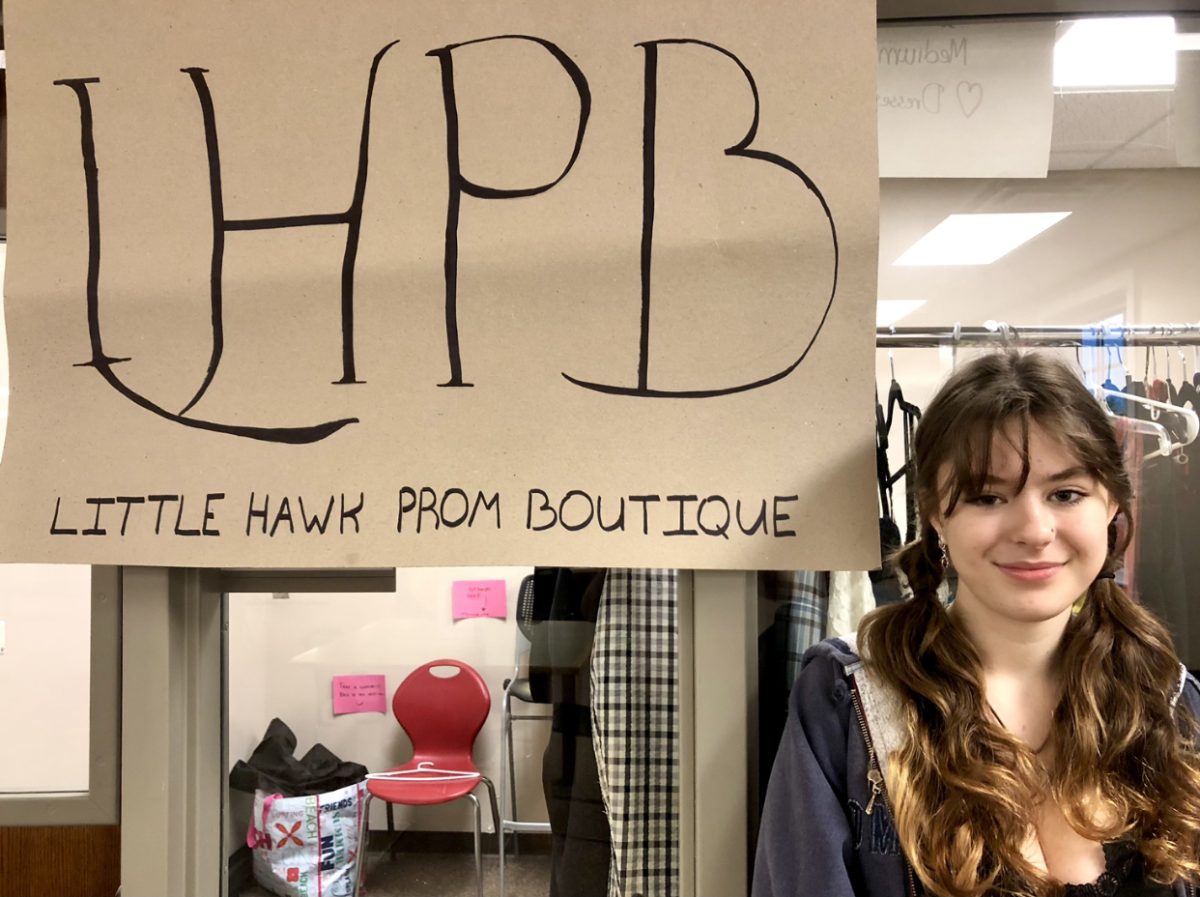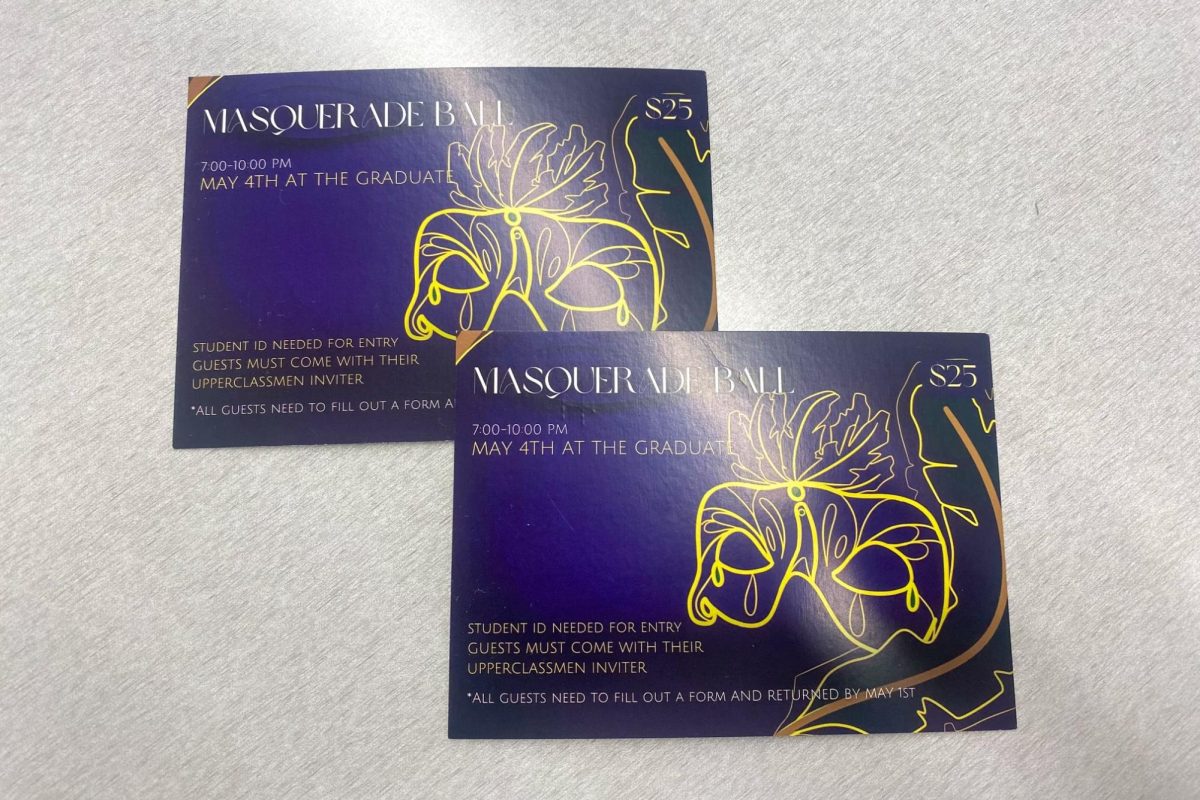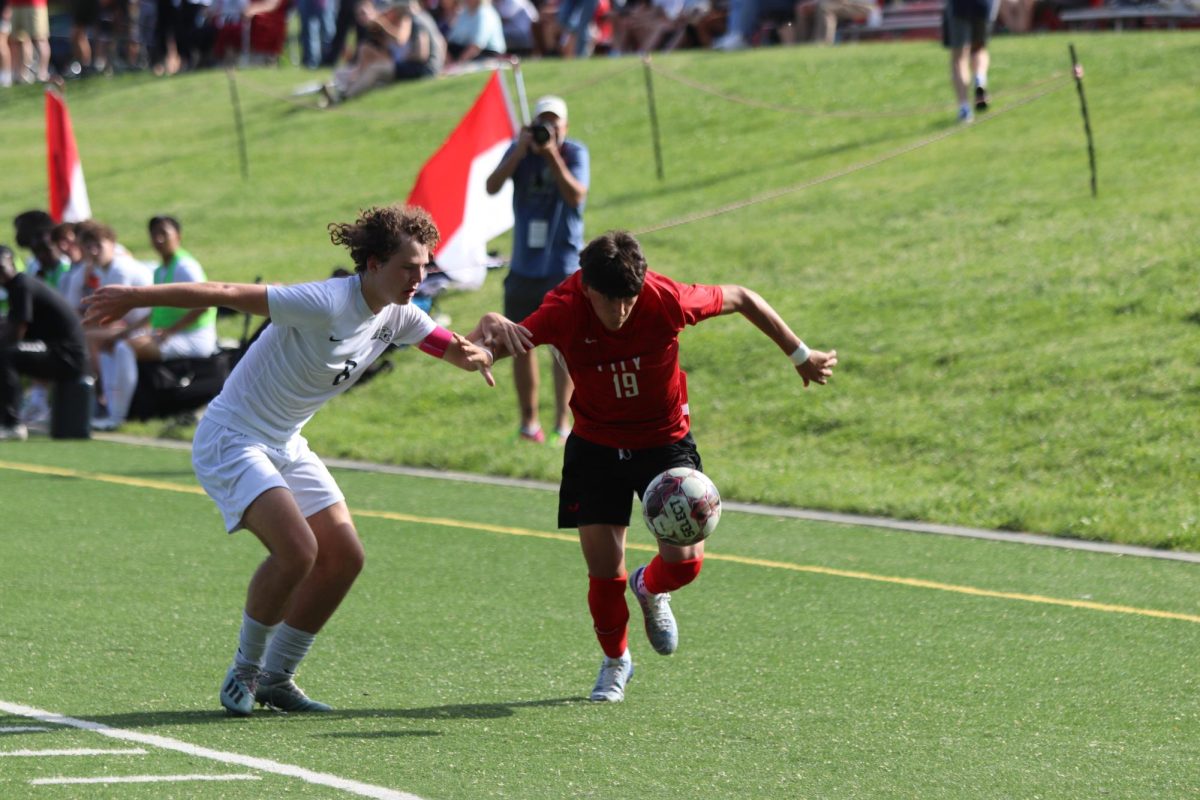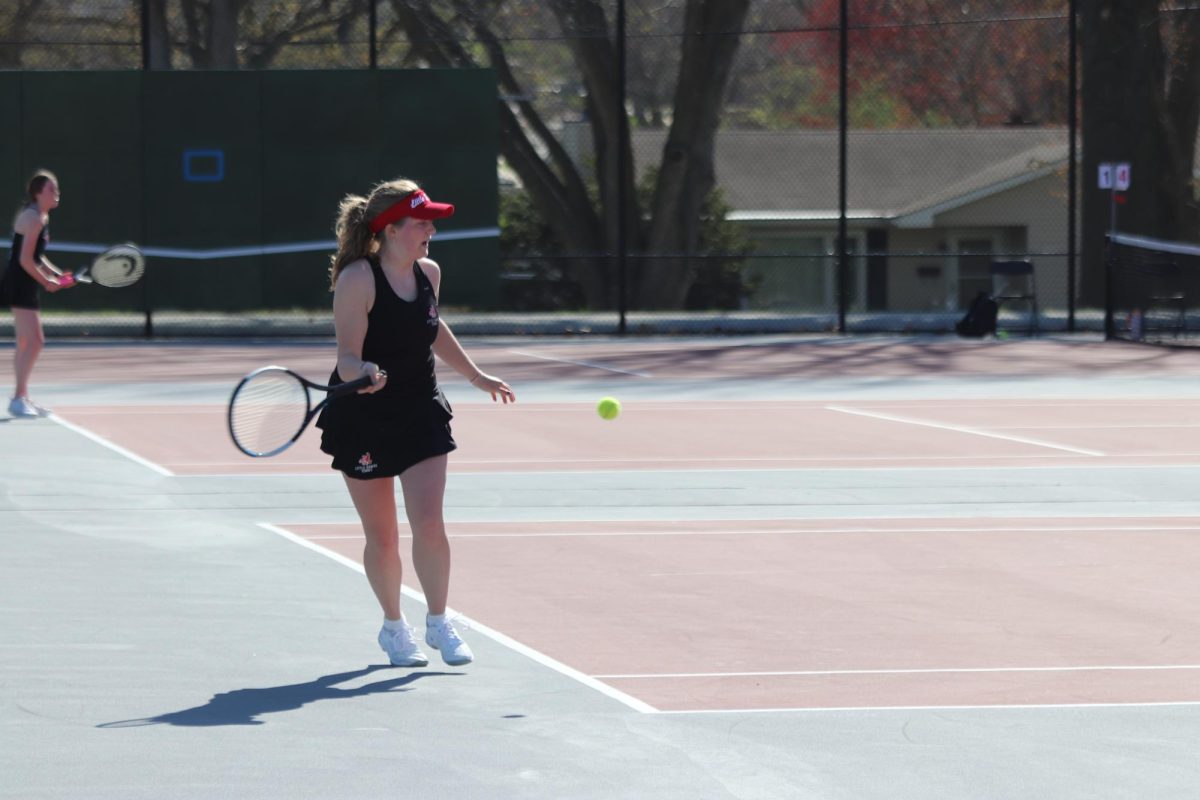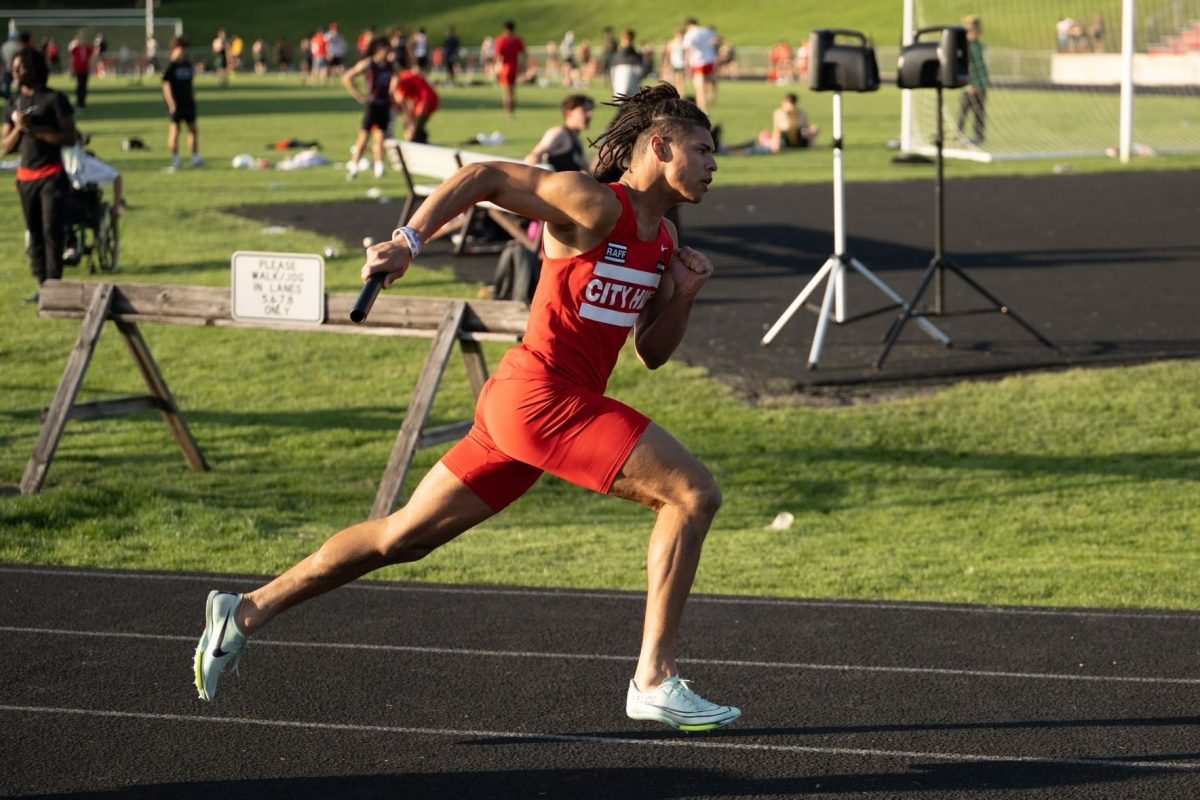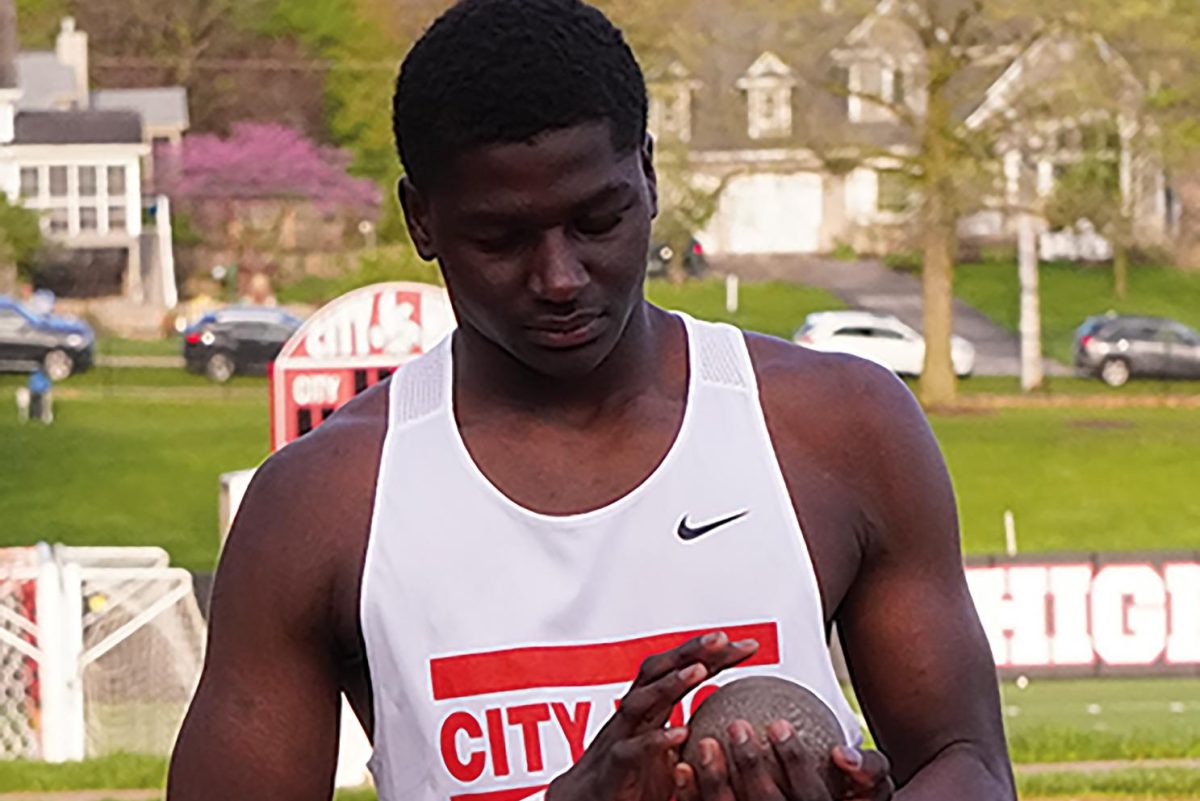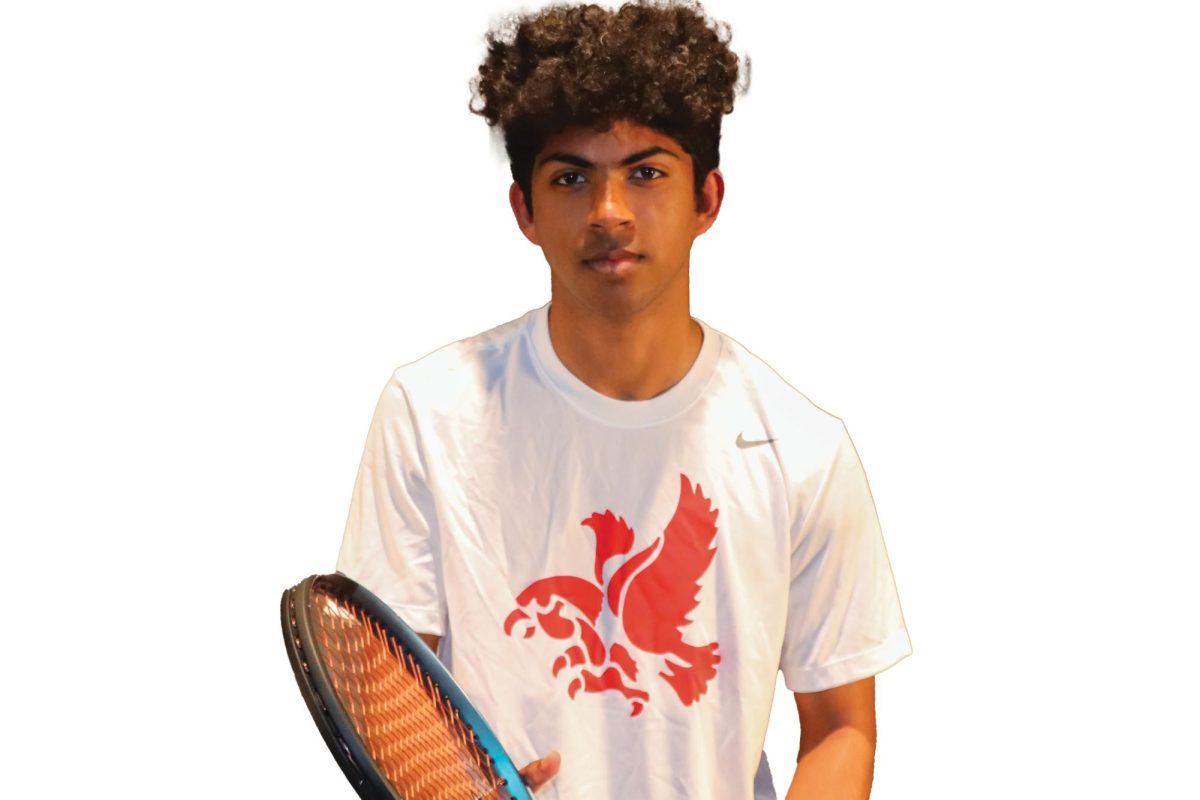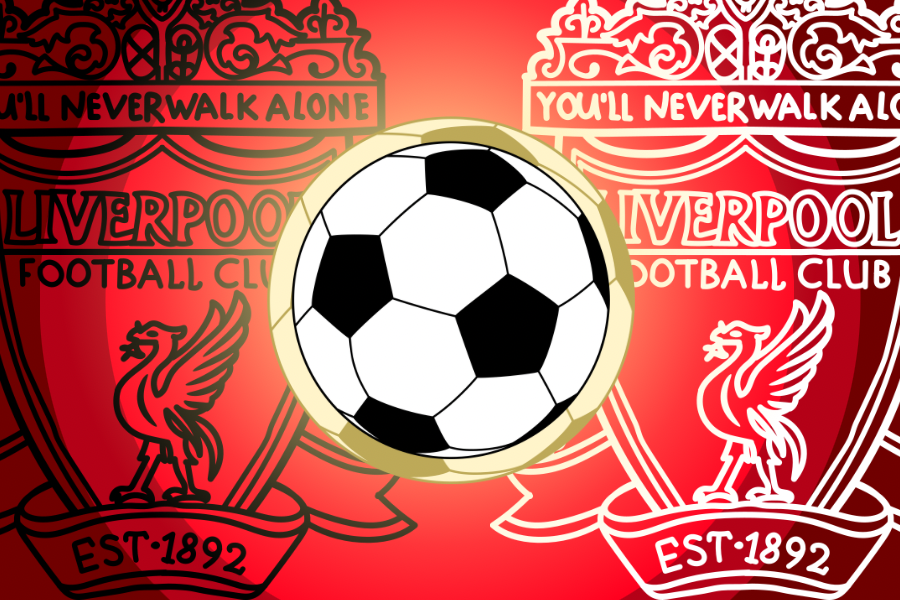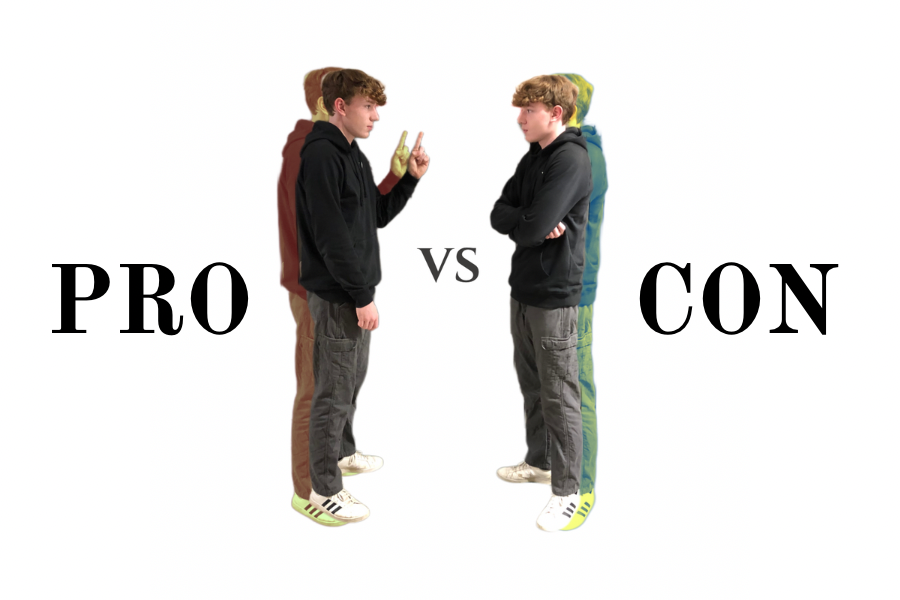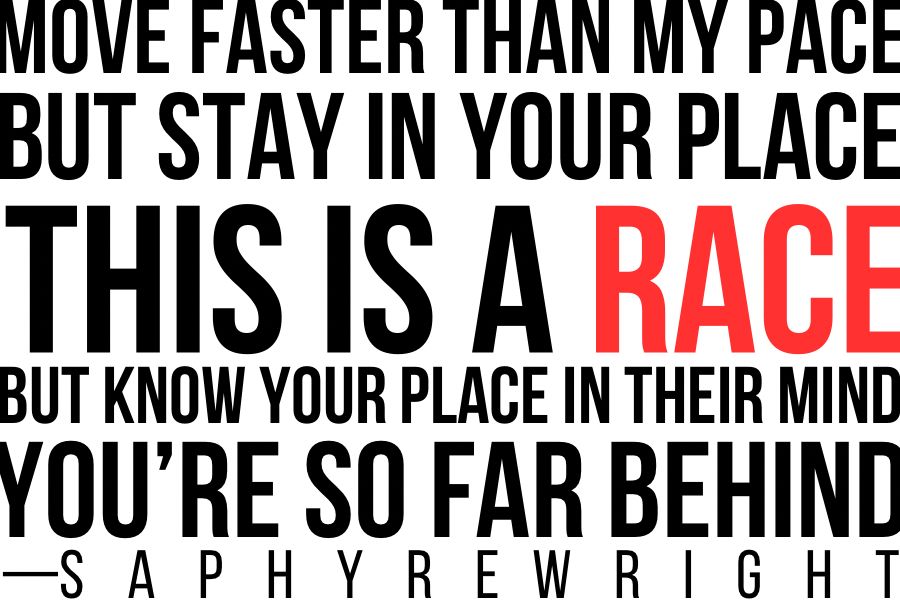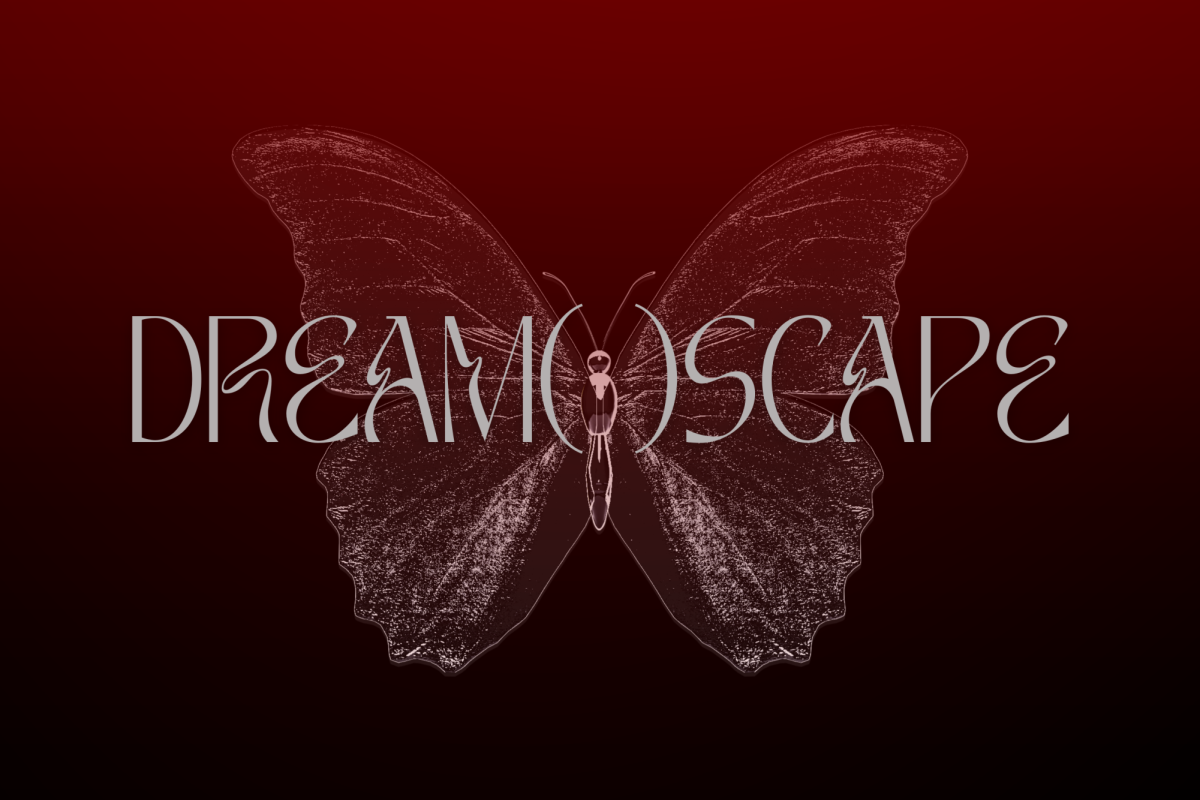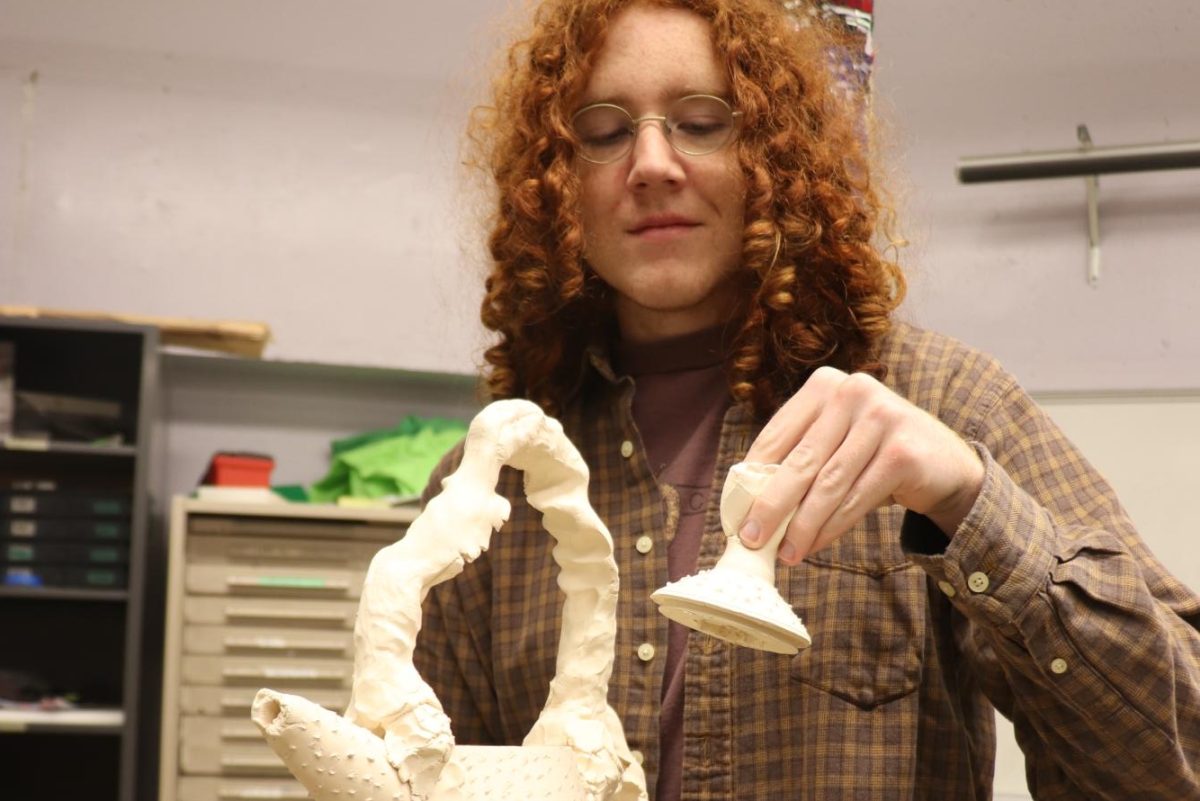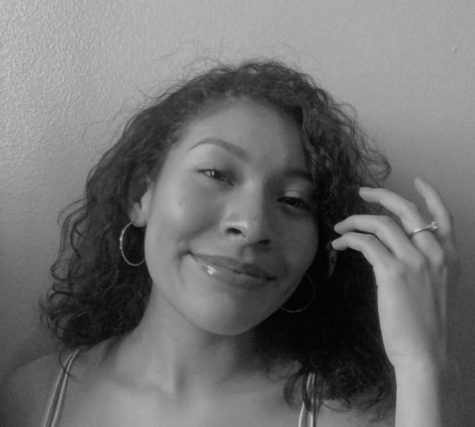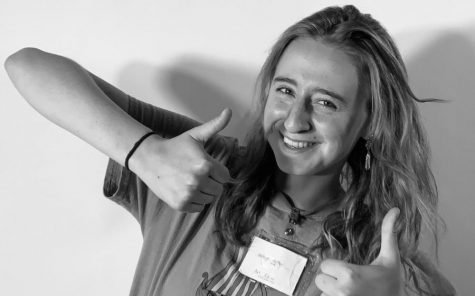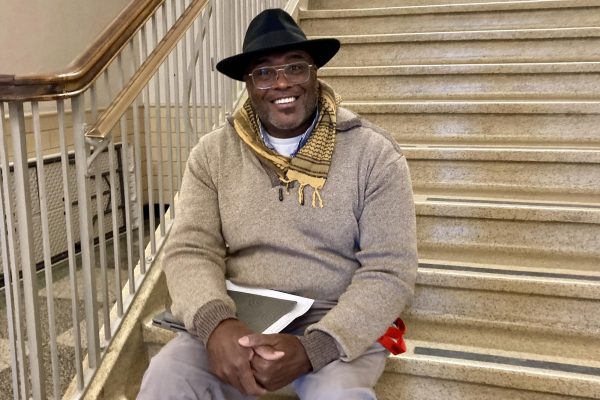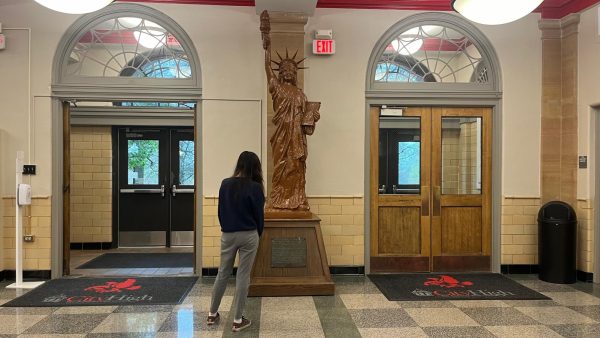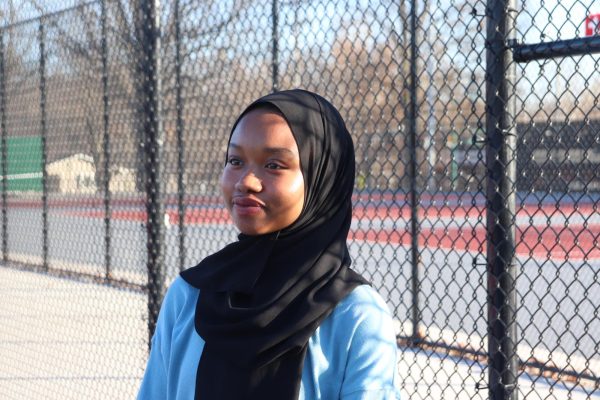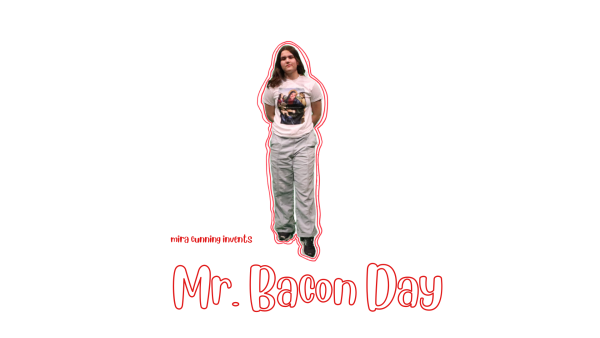Día de los Muertos
According to students, Día de los Muertos representation is lacking, often leading uneducated people to believe the holiday is about death rather than the celebration of life.
Picture of traditional candy skull, candles, and marigold flowers used on Dia De Los Muertos
December 10, 2020
As many began to prepare for the holiday seasons with celebrations such as Thanksgiving and Christmas, many Hispanic, Mexican, and Latinx people from the U.S and Mexico, were eager to celebrate Día de Los Muertos, also known as the Day of the Dead, on November 1st-2nd.
“Día de Los Muertos is celebrated because it is a day to remember your family members and friends that have passed away,” Eva ‘22 said. “It’s [a time to] celebrate their life and all they’ve done.”
For many City High students and staff, Día de Los Muertos is an important holiday full of remembrance and honor for their late loved ones. In the classroom, however, City High students and staff believe that cultural diversity when it comes to traditions being taught in classes is lacking at City High.
“I think that we should have more representation of our diversity,” Dolores Silva, a Spanish teacher at City High, said. “I think that celebrating a holiday is a very superficial fundamental thing that is exposed. We really want to make sure that we are really embracing each other and not just the things that we’re comfortable with, or that we like to see.”
Students are primarily taught cultural holidays and traditions in world language classes such as Spanish 1-4, but many students believe there are possible ways to expand the education of celebrations such as Día de Los Muertos in the classroom.
“The only real representation we get is in Spanish class because they teach us about it, but other than that not really,” Alondra Escoria ‘22 said. “I’m not mad about it, because their whole reason is to [remain] unbiased, but I think it would be cool to talk about it more at school.”
The holiday is also used as a way to inform others about Mexican culture and traditions. Día de Los Muertos has a great amount of history that many are unaware of, proving to be of importance when educating others about the roots of the holiday.
“[Día de Los Muertos] is really about keeping some of the cultures alive, and especially those of us that are more connected with our indigenous roots, or that part of our culture when remembering the people that have passed away,” Sra. Silva said. “It was originally an indigenous/native celebration that began during harvest time. They would gather the best of their crops to offer to their gods in gratitude for a good harvest season and then they took time to remember their loved ones who had passed and share gratitude with them. After the conquest and Catholicism, they were only allowed to celebrate it in three days, the 31st of October and the first and second of November because it coincides with Hallows Eve and All Souls Day.”
[Día de Los Muertos] is really about keeping some of the cultures alive, and especially those of us that are more connected with our indigenous roots, or that part of our culture when remembering the people that have passed away.”
The traditions shared during this holiday consist of cooking and preparing traditional foods and drinks such as Pan de Muerto, Sugar Skulls, Mole, and any other food their loved ones enjoyed.
“We like to just have a day together as a family and remember [our loved ones],” Eva said. “I know a lot of [my] family in Mexico do their ofrenda in the house, graveyard, or wherever their family member is. A tradition that we [like] to do is to talk about the funny moments that we had with our family members that [have now] passed.”
A main component to the holiday includes the ofrenda table, consisting of photos of the deceased, candles, foods, drinks, objects their loved ones enjoyed, marigold flowers, papel picado, and often copal incense. It is believed preparing an ofrenda helps to keep their loved one’s memories and spirits alive in the afterlife.
“This year my daughter, took it upon herself to do the altar here at the house and she went all out and she decorated the living room with an altar for my mom and my aunts, and one of my nephews, and some of her other relatives on her dad’s side like her grandpa and her other uncle,” Sra. Silva said. “I think that was super special for me to see her carry on the sharing of our memories. Being able to share the food that they loved and carrying on their stories down to our children and grandchildren is pretty beautiful.”
Due to the different cultural aspects, regions, and status in certain areas of the United States and Mexico, there are many significant differences in the way the holiday is celebrated.
“We didn’t really celebrate it when we first moved to America, I think it was my mom trying to assimilate. In the past couple of years is when we started putting up the ofrenda and stuff,” Escoria said. “My mom has told me that there are parades and fairs [in Mexico] and everybody does something as a community. [In] America we aren’t really a big community or a big neighborhood that gets together and celebrates.”
There are many misconceptions and associations with Dia de Los Muertos resulting in negative perceptions about the entirety of the holiday and what it represents.
“I feel like Americans don’t really know about the holiday and think we’re celebrating death. My sister talked about how people thought we were celebrating Satan,” Escoria said. “It’s easy to make assumptions of it [based] off the name and [how] death is seen as a bad thing, [but] it’s two different stories. Dia de Los Muertos is a time to remember our relatives’ lives and everything they’ve done. It’s not really appropriate to combine the two things.”
Due to the traditional decorations such as skulls, skeletons, and the how holiday begins the day after Halloween, many tend to associate it with worshiping the dead rather than a celebration of one’s life.
“In indigenous culture, there is no death and there is no end. It’s a continuation of our evolving self,” Sra. Silva said. “We evolve to a spirit or another part of Earth. It’s not necessarily reincarnation, but some people do believe in that. When we give you a skeleton, a sugar skull, or anything like that it’s not to wish you death, it’s actually to wish you a well and long life/journey because our life is one journey. And when we leave this body and Earth, we have another journey. It’s not a negative thing, it’s a celebration of life, memories, and of culture.”
In recent events, Donald Trump proclaimed a national day of remembrance for Americans killed by illegal immigrants on November 1st, 2020, beginning on the same day as Día de Los Muertos.
“I think it’s more than disrespectful, it’s pretty hurtful,” Sra. Silva said. “Immigration is a consequence of many things that our corporations of the United States have done and committed in many of these countries. It’s a bit ridiculous if you know the history of what has created immigrants and what immigrants have contributed to the United States.”
Numerous people from the Spanish speaking community shared their criticism of Trump’s proclamation being placed on the same day as Dia de Los Muertos as they found it highly disrespectful and continuing to create a negative narrative of the Spanish speaking community itself.
“When I [first] read about it I was really mad. It was like: ‘Oh we’re gonna use this day to celebrate all the white people that have been killed by Mexicans’,” Escoria said. “White people aren’t oppressed, they are not being targeted or anything. For him to choose that day that the brown community gets together to remember their past relatives and is really important to a lot of people was really disrespectful. It’s not the first time he’s done something like that, like with June 19th he did the same thing to the black community.”
With the results of the election, the Spanish speaking community anxiously awaits to see how the future administration will affect their community as a whole.
“Everything is work in progress there is never an absolute. I hope that people can start to see the complex issues between our cultures in the US, our ethnicities and [our] heritage and that we’re not one size fits all,” Sra. Silva said. “Hopefully people will see that we have to really work for humankind and humanity and not let differences divide but unite.”



